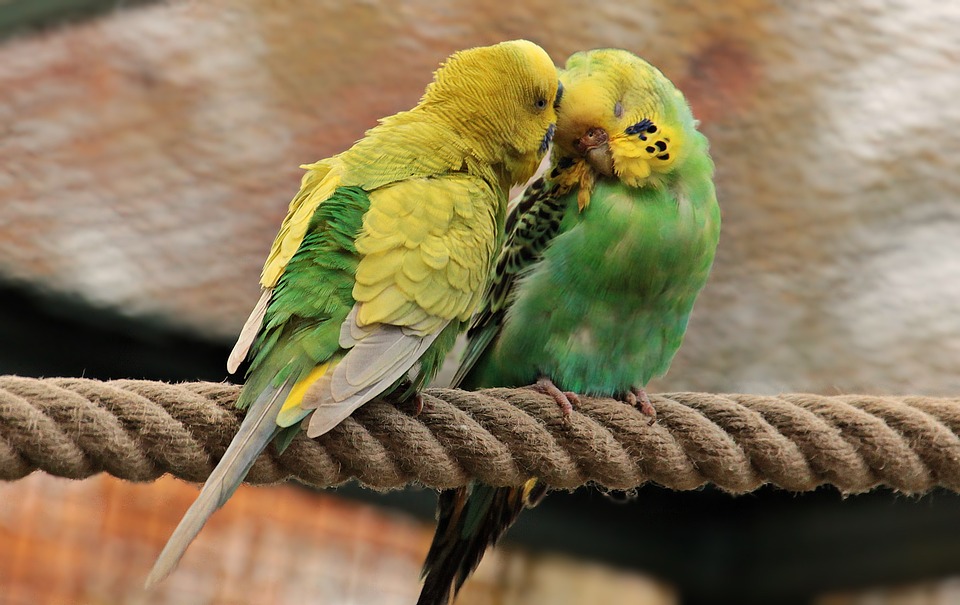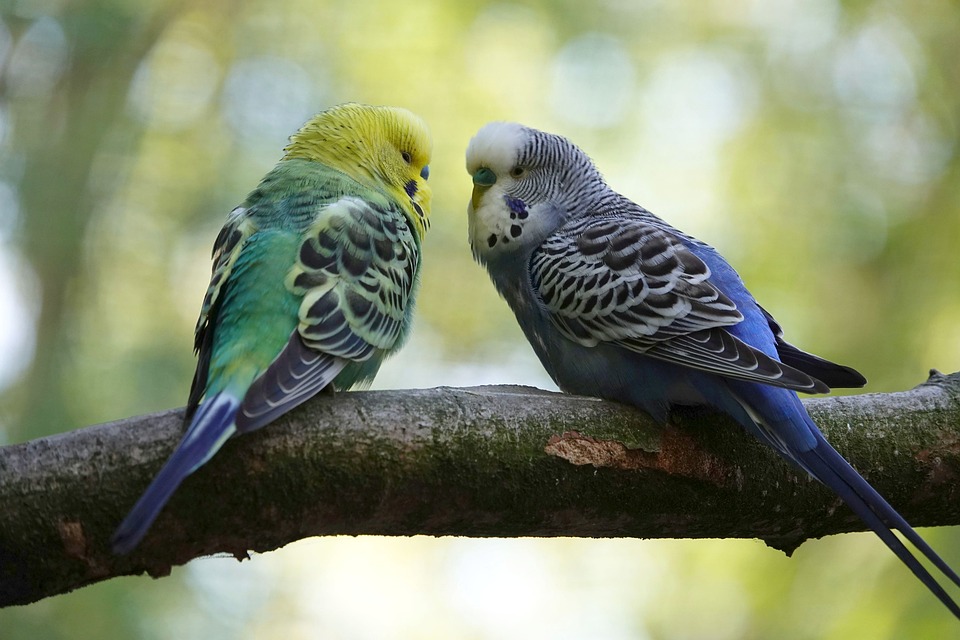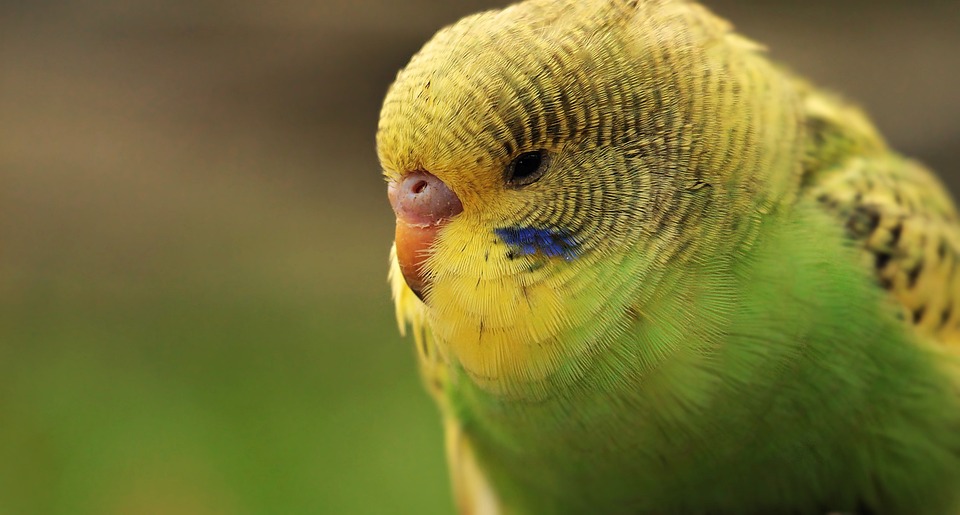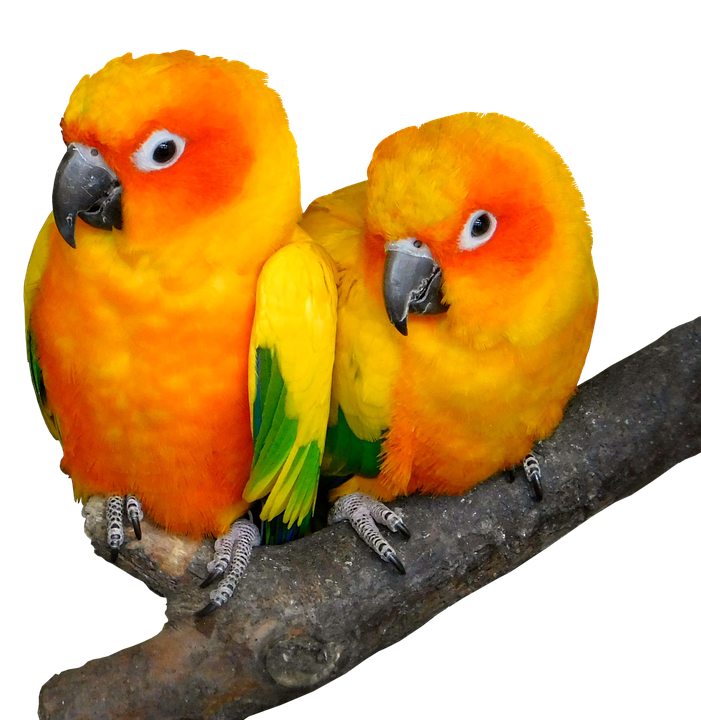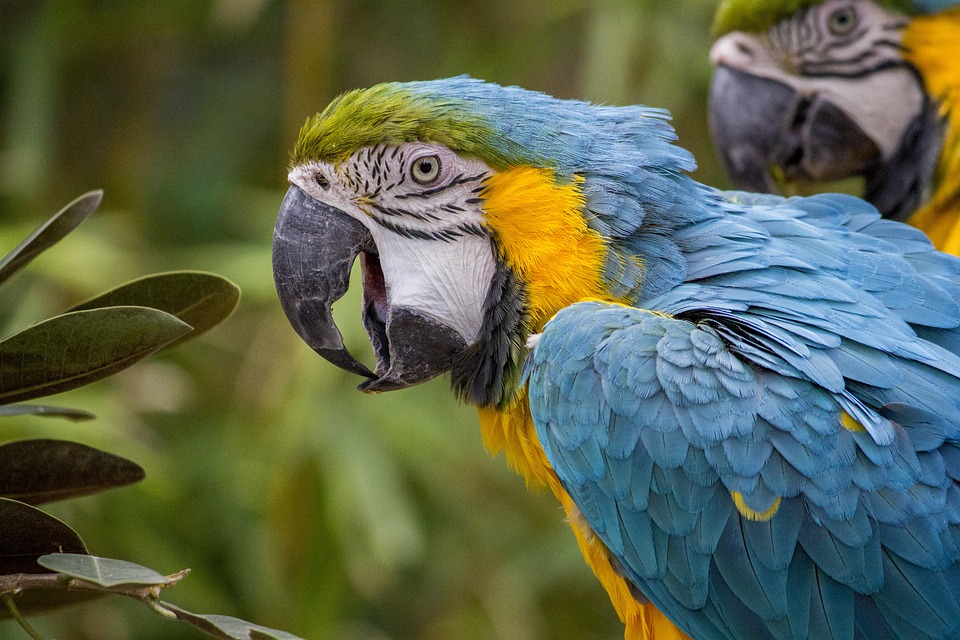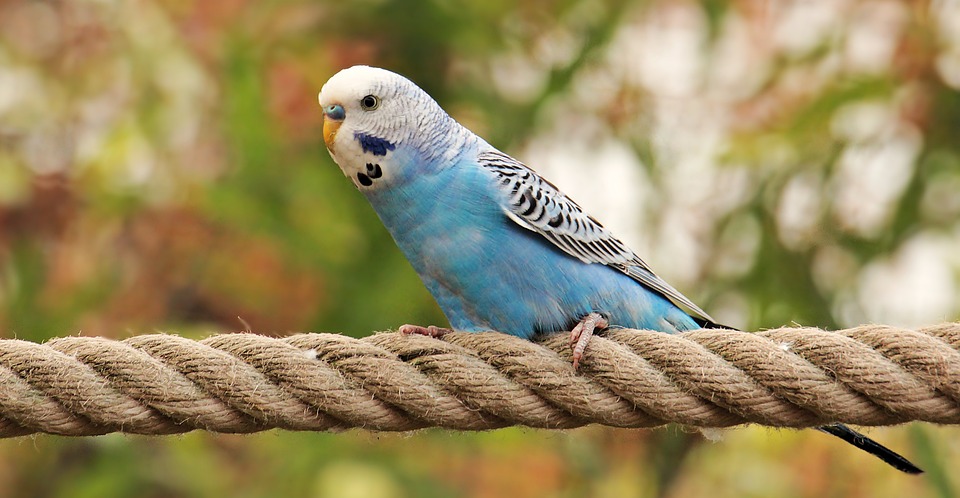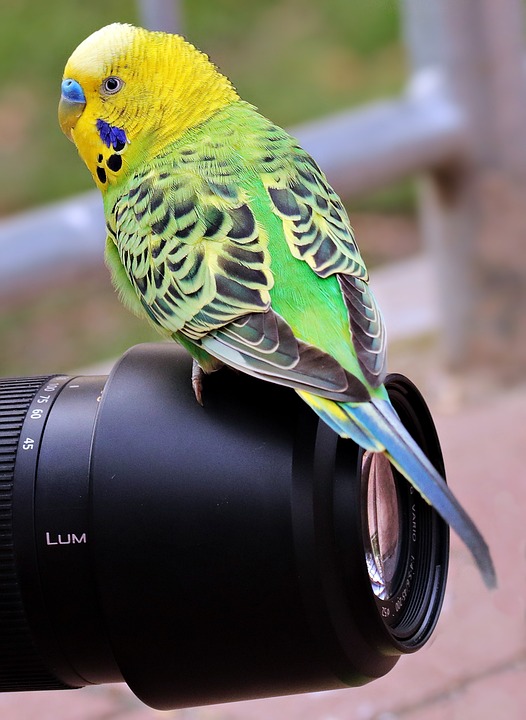Parrots are highly intelligent and social creatures that require proper handling and training to ensure their well-being and happiness. However, some parrots may develop a fear of specific handling techniques or situations, which can lead to stress and potential behavioral issues. In such cases, positive reinforcement techniques can be highly effective in addressing these fears and helping your parrot overcome them.
Before addressing your parrot’s fear of specific handling, it is crucial to recognize the signs of fear and anxiety in your feathered friend. Some common behaviors indicating fear may include feather plucking or excessive preening, aggressive or defensive posturing such as biting or lunging, vocalization changes like screaming or hissing, attempting to escape or hide during handling, and flattening of feathers, crouching, or freezing in place.
To address your parrot’s fear of specific handling, it is essential to create a positive and safe environment for them. This includes providing a comfortable and secure cage or enclosure with appropriate enrichment, ensuring a consistent daily routine that includes a balanced diet, adequate sleep, and mental stimulation, avoiding sudden loud noises or stressful situations that may trigger fear responses, building trust through regular positive interactions such as gentle talking, offering treats, and engaging in playtime with your parrot, and gradually introducing your parrot to new experiences and handling techniques using positive reinforcement methods.
Positive reinforcement is a powerful tool for modifying behavior in parrots. By associating positive experiences and rewards with specific handling techniques, you can help your parrot overcome their fear. Some effective techniques to consider include desensitization, counter-conditioning, clicker training, patience and consistency, and seeking professional help if needed.
Desensitization involves starting by introducing your parrot to the feared handling technique at a distance or in a less intense manner and gradually increasing exposure over time while rewarding calm behavior with treats or verbal praise. Counter-conditioning involves pairing the feared handling technique with something your parrot enjoys, such as their favorite treat or toy, to shift their negative perception to a positive one. Clicker training can be an effective way to communicate and reinforce desired behaviors by clicking and rewarding your parrot whenever they exhibit calm behavior during handling sessions. Patience and consistency are key in overcoming fear, and it may take weeks or even months of consistent positive reinforcement to see significant progress. If your parrot’s fear persists or worsens despite your efforts, consider consulting an avian behaviorist or an experienced parrot trainer who can provide specialized guidance and support.
Some frequently asked questions regarding using positive reinforcement to address a parrot’s fear of specific handling include whether punishment can be used (punishment can exacerbate fear and is not recommended), how long it takes for a parrot to overcome their fear (it varies depending on the bird and severity of fear), whether to force a parrot to face their fear during handling sessions (it is important to respect boundaries and progress at the parrot’s own pace), and whether treats can be used as rewards during handling sessions (yes, small, healthy treats can be used to reinforce positive behavior).
In conclusion, creating a positive and supportive environment and using gentle, consistent positive reinforcement techniques are key to addressing a parrot’s fear of specific handling. With time, patience, and the right approach, your parrot can overcome their fear and develop a trusting bond with you.


